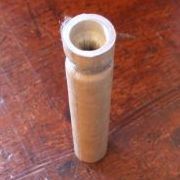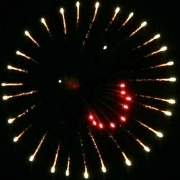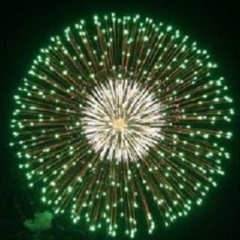-
Similar Content
-
- 0 comments
- 3.006 views
-
- 2 replies
- 3.672 views
-
- 5 replies
- 2.572 views
-
- 0 comments
- 1.799 views
-
- 0 comments
- 1.906 views
-
- 0 comments
- 1.631 views
-
- 0 comments
- 1.772 views
-
- 0 comments
- 1.874 views
-
-
Recently Browsing 0 members
- No registered users viewing this page.







Recommended Posts